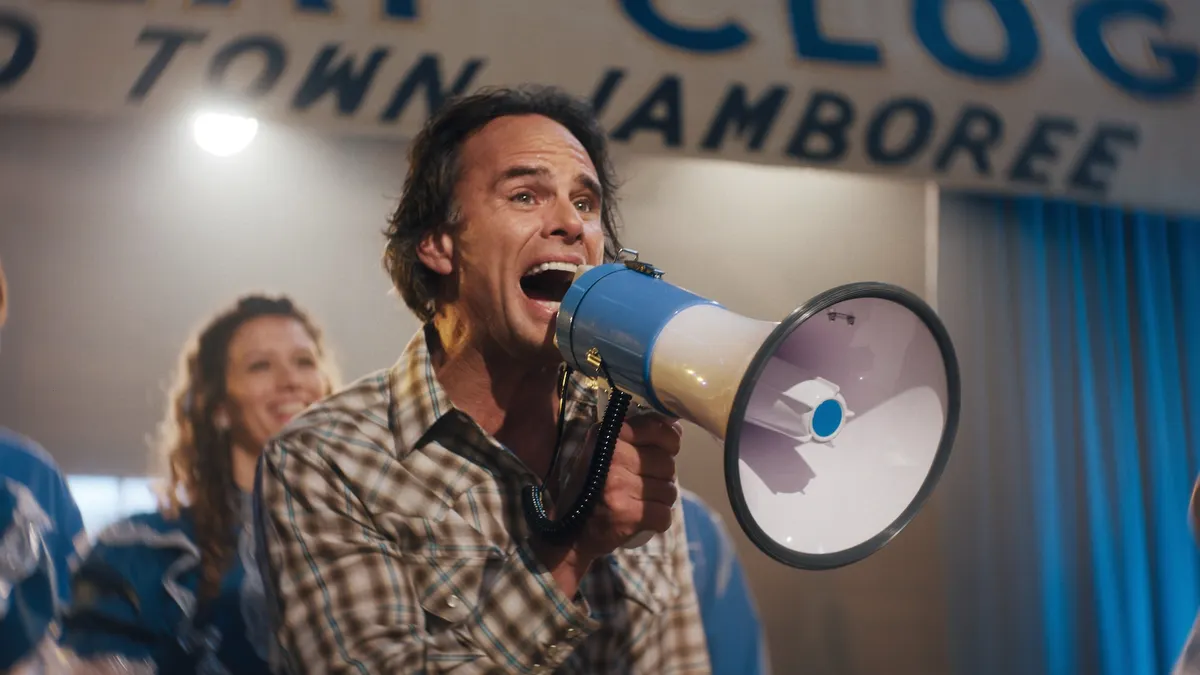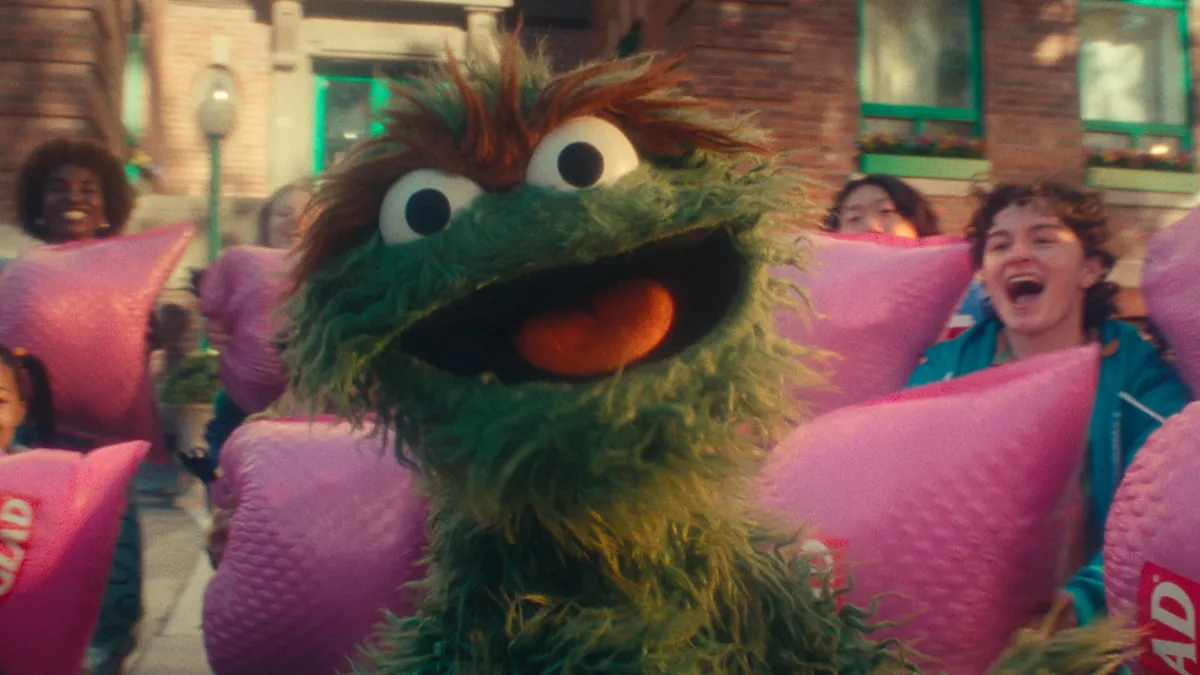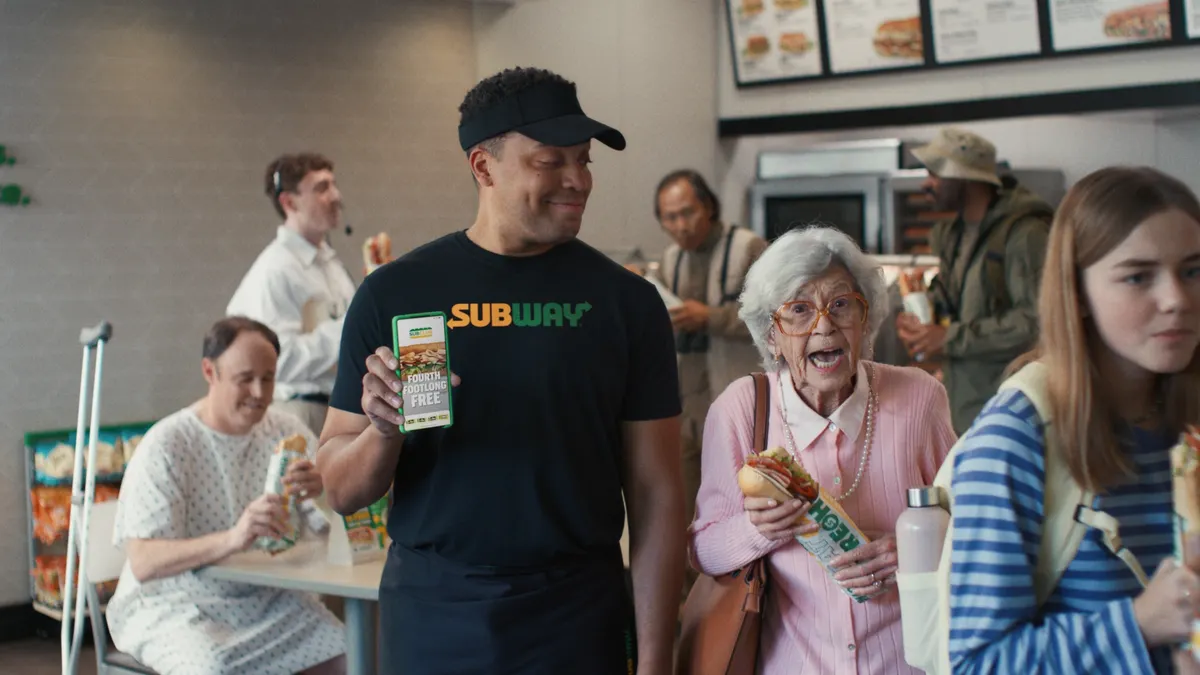Editor's Note: The following is a guest post from Jeff Fagel, CMO, Eyeview.
Brand building is dead. Big brands. Big ideas. Big agencies. Big budgets. I call bull on it all.
We now live in a world where bare-budget Kickstarter videos have replaced multi-million dollar glossy magazine campaigns. Viral videos can propel a business and a $1 billion sale. And upstarts are upending the innovation continuum.
Dollar Shave Club, Squatty Potty, Thetiebar.com, Apt2B, Christopher Ward, Kevita, Casper, Sir Kensington, etc., are all outsmarting the big legacy businesses, positioning themselves for sustained growth and eventual acquisition. For those big legacy businesses, an 'if you can't beat 'em, buy 'em' strategy is looking more appealing.
On the other end of the continuum are companies either out of business or dangling off a cliff, including American Apparel, Sears, Kmart, Gymboree, Michael Kors, Rue21, Bebe and Banana Republic.
The following underscores the point of conflict, along with how to establish the bridge between building a brand and a brand that drives sales.
Your favorite brand is no longer on the tip of your tongue
"Your favorite brand is going to be whatever Google tells you at that moment matches your exact needs," Scott Galloway, founder of L2 and New York University professor, has said.
For example, Greg Shugar and his wife Gina built a $20 million-plus online tie business (thetiebar.com) from their basement with no online or fashion experience at all. Thetiebar.com upended men's fashion, and Greg is now applying that success to disrupting the bedding industry with his new venture the Thread Experiment, a brand of home bedding dedicated to men.
"I found a void in the market and filled that niche," Shugar said in an interview with Go Digital Marketing. "Unless you have $500 million to invest, you will not be the next Microsoft, Macy's or Walmart. So figure out what the big guys don't do well (likely because they aren't focused closely enough on it) and get good at it."
Founded in 2011, Apt2B has a similar story, upending a multi-billion furniture market that was slow to adapt. Apt2B competes with no physical stores, trying to "bridge the gap between Ikea and Crate & Barrel with fun, functional, stylish, quality products, all at an affordable price," according to co-founder, Mat Herman.
"Nobody was romancing and selling the consumer in the home furnishings industry the way apparel lines do," he told Go Digital Marketing. "We wanted buying furniture to be as fun and sexy as buying clothes. Getting 'social' is an amazing way to get the voice out there. We can have one fan bragging on their Facebook wall about us and then, all of a sudden, we have captured their 800 friends. Quickly our following can become a large army."
What each of these upstarts have in common — along with the likes of Warby Parker, Casper and the other e-commerce agitators — is a digital-first focus on performance. While the brand is important, a culture of experimentation with clear attribution and measurement behind every dollar spent is central to how they not only run their businesses but also attribute success to marketing initiatives.
Results speak louder. Period
Today's marketers must prove a measured return in sales on every dollar they spend. Meanwhile, 80% of the world’s internet traffic will be video by 2019, according to the Cisco VNI forecast.
This poses a challenge and opportunity for marketers. While brands have been crafting messages with the goal of driving people into stores, they often lack a clear video advertising strategy for doing it effectively, especially when it comes to coordinating all the channels of communication at their disposal.
According to a study from Sequent titled "Digital Video at the Inflection Point," 65% of marketing professionals report that digital video is growing in importance for driving offline sales. What is considered success for video marketing, now and within the next two years, is also shifting. ROAS (sales lift per dollar) will surpass 'branding' in importance when measuring the impact of video, the study noted.
This digital inflection point, along with the massive growth of video across mobile-first platforms like Facebook, Twitter and Snapchat, will challenge traditional brands to either thrive or fall way behind the upstarts in both growth and connection with consumers.
Bridge the gap between content and intent
We have reached a crossroads. While marketers have made strides in figuring out the "how" and the "where" to target an audience, they continue to struggle with delivering the "what" that impacts the most important advertising metric — sales. What all these upstarts have in common is the ability to connect at a deeper, emotional level, many times leveraging video, sight, sound, motion and emotion. Whether it's Dollar Shave Club's recent parody needling the major razor brands or Warby Parker's use of video to ease consumer's apprehension with buying glasses online, both establish the proper resonance with the brand.
You might call it plumbing vs. poetry; data vs. creative, but what's clear is that this fragmented view has led marketers to focus on the left side of the equation — spending our time on who to target vs. what to say and how best to move the intended audience to action.
Why does this matter? According to eMarketer, U.S. adults spend 22% of their day watching video, up nearly 70% from 2011 to 2017. And, just like the shopping journey, people no longer distinguish between online video, mobile video or linear TV. They watch what they want, when they want, on the screen they want.
So whether you're selling shoes, razors or cars, concentrating solely on targeting without a cohesive video strategy often leads to marketing messages that are incomplete and ignored.
How brands plan and execute communications across an ever-expanding list of disconnected messages delivered through uncoordinated channels is still a challenge. Two examples highlight how both a complex sale — a car — and a highly promoted, household staple — glass cleaner — push creative executions in creative ways to connect through online, video and mobile to drive store sales.
In this example, Ford focused their creative approach to build their brand (equity) and drive direct response (action) by tapping into an unexpected tactic delivered by a credible influencer, Lewis Hilsenteger from Unbox Therapy. Marrying the tactic of 'unboxing,' where influencers review products, and applying that concept to selling the features and benefits of the Ford is simple, credible and effective.
This example from Windex underscores the effectiveness of location-aware messaging within a personalized video execution that pairs audience data, store level price, item and store content messaging that is inherently tailored. What sets it apart from other ads is the ability to blend a tailored reason to believe with a reason to act, all measured on the ability to drive return on ad spend and store sales.
Measurable outcomes beat made up metrics
In summary, the currency of a brand is fractured. Fast is now better than best. Execution beats big budget. Measurable outcomes beat made up metrics.
Bottom line: product stills rules, but unless it can connect all your marketing spend directly back to a measurable sales outcome, all the glitz, glamour, big ideas or fancy ads don't matter and simply become noise and a depletion of profits.


















